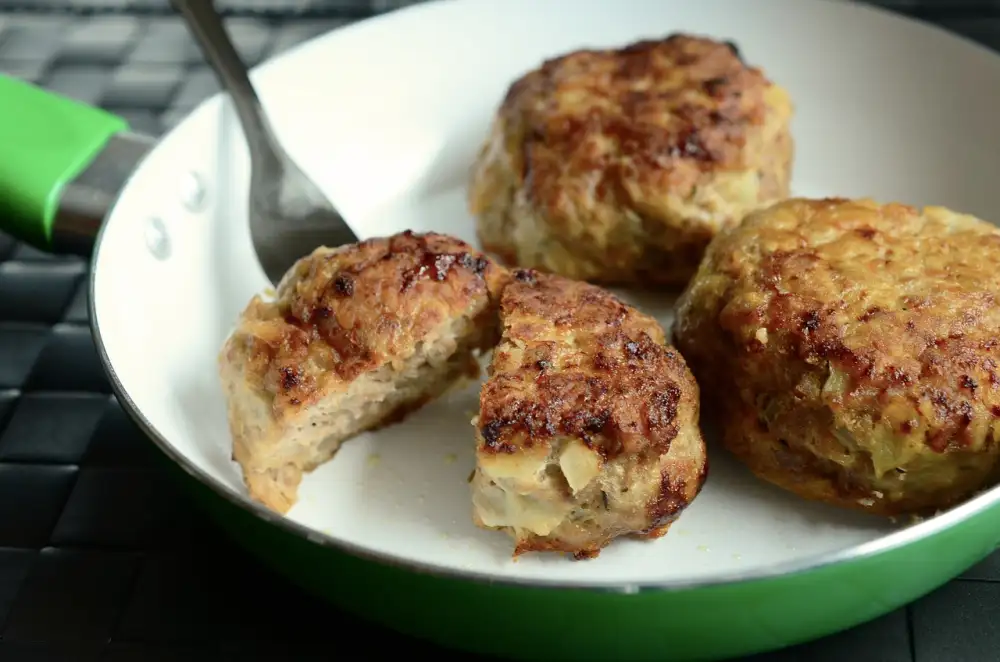Perfecting Your Meatloaf: Achieving the Ideal Internal Temp for Juicy Results

Importance of Internal Temperature in Meatloaf Cooking
Achieving the perfect internal temperature is crucial in meatloaf cooking to ensure both safety and optimal taste. Ground beef, the main ingredient in meatloaf, should reach a minimum internal temperature of 160°F (71°C) to kill any harmful bacteria like E. coli or Salmonella. Cooking to this temperature also ensures that the meatloaf is safe to eat without being overcooked and dry. By monitoring the internal temperature, you can guarantee a juicy and flavorful meatloaf every time.
Recommended Internal Temperature for Cooked Meatloaf
When it comes to cooking meatloaf, achieving the ideal internal temperature is crucial for both safety and taste. The recommended internal temperature for cooked meatloaf is 160°F (71°C). This temperature ensures that the ground meat used in the meatloaf reaches a safe level of doneness, killing any harmful bacteria present. Additionally, cooking the meatloaf to this temperature helps retain its juiciness and flavor, resulting in a delicious and satisfying dish for you and your guests. Remember, using a meat thermometer is the most accurate way to determine when your meatloaf has reached the recommended internal temperature.
Using a Meat Thermometer to Ensure Proper Cooking
Using a meat thermometer is essential to ensure that your meatloaf is cooked to perfection. Insert the thermometer into the thickest part of the meatloaf, making sure it doesn't touch the pan or any bones as this can give a false reading. The recommended internal temperature for cooked meatloaf is 160°F (71°C) to ensure that any harmful bacteria are killed. By using a meat thermometer, you can accurately monitor the internal temperature and avoid overcooking, resulting in a juicy and flavorful meatloaf every time.
Tips for Achieving Perfectly Cooked Meatloaf Every Time
1. Use a combination of meats: A blend of ground beef, pork, and veal can add depth of flavor and moisture to your meatloaf.
2. Incorporate breadcrumbs soaked in milk: This helps keep the meatloaf moist during cooking.
3. Don't overmix the ingredients: Overmixing can lead to a dense and tough meatloaf.
4. Shape the meatloaf loosely: Form the mixture into a loaf shape without compacting it too much to allow for even cooking.
5. Let it rest after baking: Allowing the meatloaf to rest for 10-15 minutes before slicing helps retain its juices.
6. Consider adding a glaze: A flavorful glaze not only adds taste but also helps keep the meatloaf moist.
7. Experiment with different seasonings: Adding herbs, spices, or sauces can elevate the flavor profile of your meatloaf.
8. Monitor internal temperature: Use a meat thermometer to ensure the internal temperature reaches at least 160°F for safe consumption.
By following these tips, you can consistently achieve perfectly cooked and juicy meatloaf every time you prepare this classic dish.
Published: 19. 04. 2024
Category: Recipes



